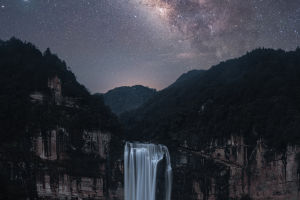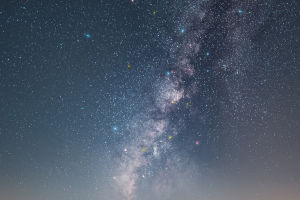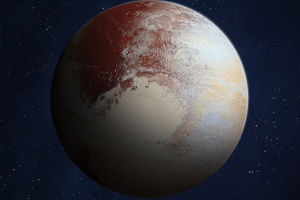An international team of Japanese astronomers said in a new issue of the American Journal of Astrophysics that they may have discovered the traces of supernova explosions left by the first generation of stars in the early days of the universe in the final stages of their "life".
This will be an important clue to studying the "infant" universe.
The first generation of stars consisted of lighter elements such as hydrogen and helium that were created in the Big Bang when the universe was born. With the supernova explosion of the first generation of stars, some of the heavier elements diffused into the universe and became the "raw material" for the formation of the second generation of stars. Due to the very early birth and short lifespan of the first generation of stars, the current observational methods have not been able to obtain relevant direct evidence.
In this study, the researchers used quasars for observational analysis. Because there is a huge black hole at the center of the quasar when the black hole devours the surrounding matter, it emits energy, causing the quasar to be very bright, and the surrounding gas is also easy to observe.
The research team observed and analyzed the gas near a quasar about 13.1 billion years ago and found that the content of iron in it is more than 10 times that of magnesium, which is significantly abnormal compared with the ratio of iron and magnesium in the sun. They argue that this unusual ratio of element abundance cannot be explained by a typical supernova explosion.
After relevant calculations, the researchers deduced that the gas was the traces of a "paired unstable supernova" explosion in a star about 300 times the mass of the sun. After analyzing the age of the quasar, they believe that the star that exploded in this huge supernova is the first generation of stars after the birth of the universe.
The universe is thought to have been born in a big bang about 13.8 billion years ago. This time, the researchers found the traces left by the first generation of stars only 700 million years after the birth of the universe, which will provide clues for people to explore the truth of the first generation of stars and study the "infant" universe.


